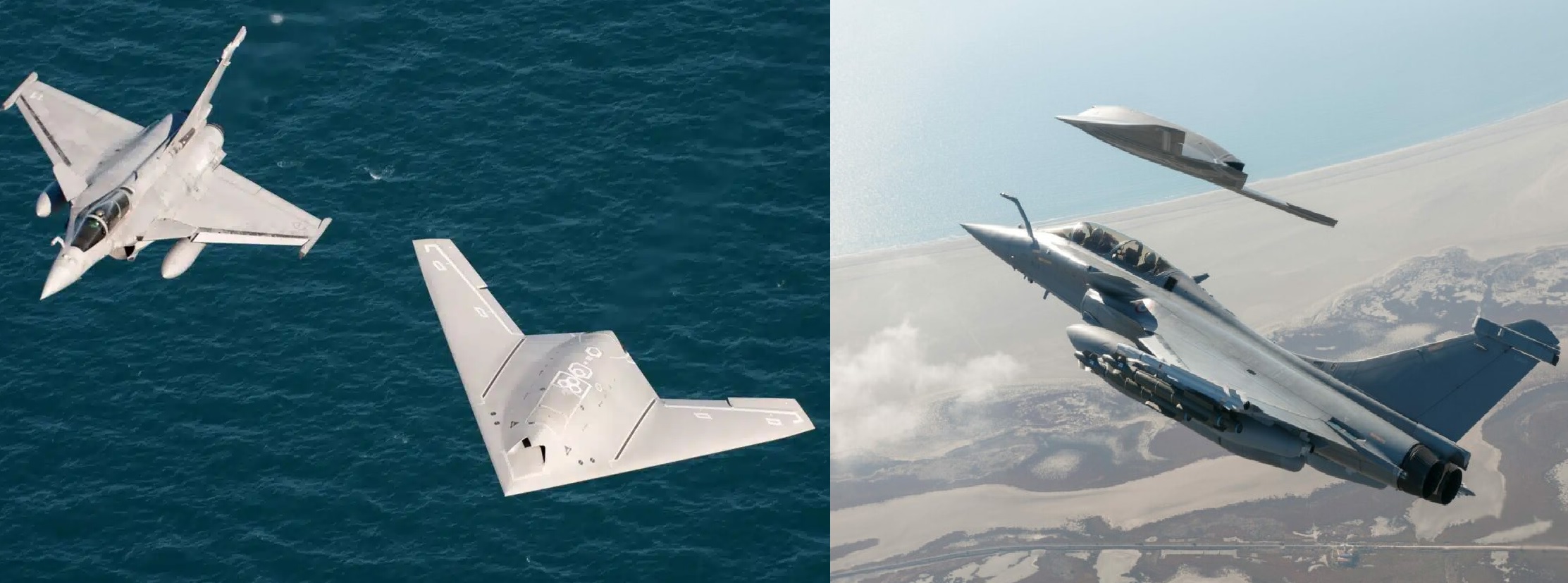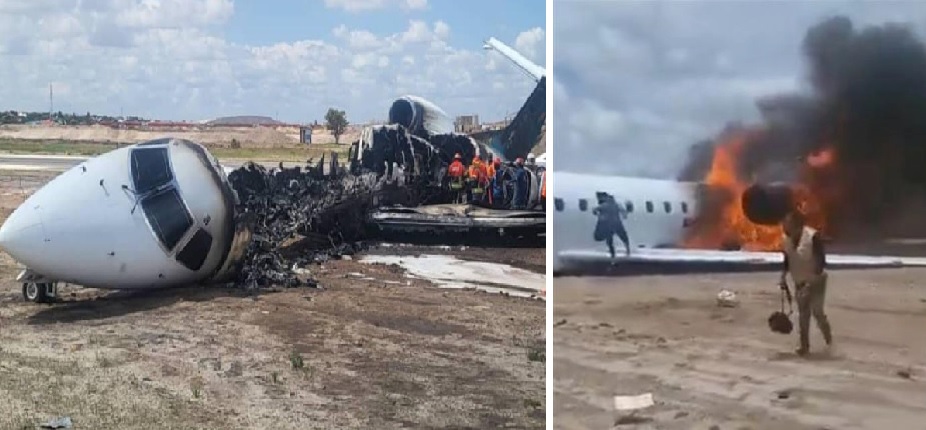UAE–France Move Toward Joint Rafale F5 and Loyal Wingman Program

The United Arab Emirates and France are edging closer to a landmark defence partnership that could reshape the future of manned–unmanned air combat in the Gulf. As of 18 November 2025, senior officials from both countries remain in detailed negotiations over a joint role for Abu Dhabi in the Dassault Rafale F5 fighter jet and its associated loyal wingman combat drone, one of Europe’s most ambitious next-generation airpower projects.
According to new intelligence assessments and defence-industry reporting, the talks go far beyond aircraft purchases. The UAE is seeking to become a co-financer and industrial development partner, giving it a direct stake in the Rafale F5 ecosystem and a place inside the decision-making architecture of future European air combat technology.
Four Decades of Franco-Emirati Airpower Cooperation
This negotiation rests on a forty-year relationship built around France’s Mirage and Rafale platforms. The partnership reached its peak in December 2021, when Abu Dhabi ordered 80 Rafale F4 fighters in a record €17-billion contract—the largest export deal in Rafale history. The first Emirati Rafale was officially inaugurated in early 2025, described by the UAE Ministry of Defence as a symbol of a “deep strategic partnership” with Paris.
That foundation has now opened the door for cooperation on the Rafale’s next major evolution: the F5 standard, seen by French officials as a generational leap forward.
Rafale F5: France’s New Combat Node for the 2030s
French defence documents describe the Rafale F5 as a powerful transformation of the current F4.2 variant now entering service. Rather than simply a multirole fighter, the F5 will be a networked combat command node, designed for operations alongside unmanned systems and built to survive in dense air-defense environments.
Former French armed forces minister Sébastien Lecornu has called the F5 upgrade “a revolution,” especially for long-range strike and nuclear deterrence missions. The fighter is expected to deploy the next-generation ASN4G hypersonic missile and operate at the center of France’s future “combat cloud.”
Industry disclosures show that Rafale F5 will carry an evolved RBE2 XG AESA radar, enhanced SPECTRA electronic-warfare systems, hardened high-bandwidth datalinks, and conformal fuel tanks blended along the upper fuselage. These tanks will extend range, free up weapon hardpoints, and slightly reduce the aircraft’s radar signature. The upgraded platform is expected to function as a first-night-of-the-war asset, capable of breaking into heavily defended airspace.
The Loyal Wingman: A Stealth UCAV to Fly Beside Rafale
The defining element of the Rafale F5 standard is the loyal wingman unmanned combat aerial vehicle, formally launched by Paris in 2024. Drawing heavily on the technology from the nEUROn stealth demonstrator, this new UCAV will feature low-observable shaping, an internal weapons bay, autonomous mission systems, and deep data-fusion with the crewed aircraft.
Operational concepts envision several wingmen flying ahead of the Rafale as remote sensors, jammers, and strike platforms, with the human pilot acting as a mission commander rather than a direct drone operator. The system is expected to reach operational maturity after 2033.
Why the UAE Wants In: Threat Environment and Industrial Ambition
For the UAE Air Force & Air Defence, the Rafale-wingman pairing is tailored to future Gulf combat needs. Iran’s expanding Bavar-373 air-defense network, longer-range surface-to-air missiles, and growing ballistic capability threaten regional airbases and force costly, high-risk manned sorties.
Loyal wingman drones would allow the UAE to create combat mass, conduct stand-off probing of Iranian systems, saturate radar networks, and limit exposure of its valuable Rafale fleet. The architecture also aligns with the UAE’s well-established doctrine of precision strike, long-range surveillance, and network-centric warfare.
But Abu Dhabi’s interest is also industrial. The UAE has rapidly developed its own defence sector, led by EDGE Group, which is already producing systems such as the Reach-S MALE UAV and the Garmoosha rotary-wing drone. Emirati planners want the Rafale F5 and loyal wingman to integrate into, and strengthen, this domestic ecosystem.
Sources underline that the UAE wants co-production rights, workshare on airframe structures and mission systems, and a role in building elements of the UCAV’s ground-control and data-link architecture—not merely a finished product delivered to its airbases.
French Boundaries: Sovereignty and Sensitive Technologies
Paris has signaled openness to deeper Emirati involvement, consistent with Dassault’s philosophy of “sovereignty for customer nations.” However, France has set firm red lines. Technologies tied to nuclear deterrence, core radar and electronic-warfare source codes, and key sensor/datalink architectures will remain strictly under French control.
Any co-production model is expected to mirror past French export practices: industrial access for partners, but no compromise on strategic and classified technology.
A Partnership Still Taking Shape
France is only beginning to field the F4.2 standard while ramping up design work on the F5. Current estimates place the F5’s entry into service in the early 2030s, with the loyal wingman following around 2033.
As of late 2025, Abu Dhabi remains actively involved in shaping the project’s early stages. Senior-level meetings between the UAE Air Force leadership, French Air and Space Force officials, and Dassault have focused particularly on the drone program and manned-unmanned teaming concepts.
What remains unresolved are the financial structure, the scope of UAE technology transfer, and whether Paris will formalize a multinational “Club Rafale” model—potentially giving the UAE a long-term seat at the table as the Rafale family evolves beyond 2035.
A Future-Defining Decision for Gulf Airpower
Should the deal move forward, the UAE would become the first country outside Europe to help shape the Rafale F5 and its loyal wingman—placing Abu Dhabi at the leading edge of the global shift toward collaborative combat aircraft. The partnership would also deepen France’s strategic footprint in the Gulf, reinforcing one of the most stable defence relationships in the region.
For now, negotiations continue. But the stakes are clear: the Rafale F5 program could redefine not only European airpower, but the future balance of power in the Gulf.
✍️ This article is written by the team of The Defense News.





